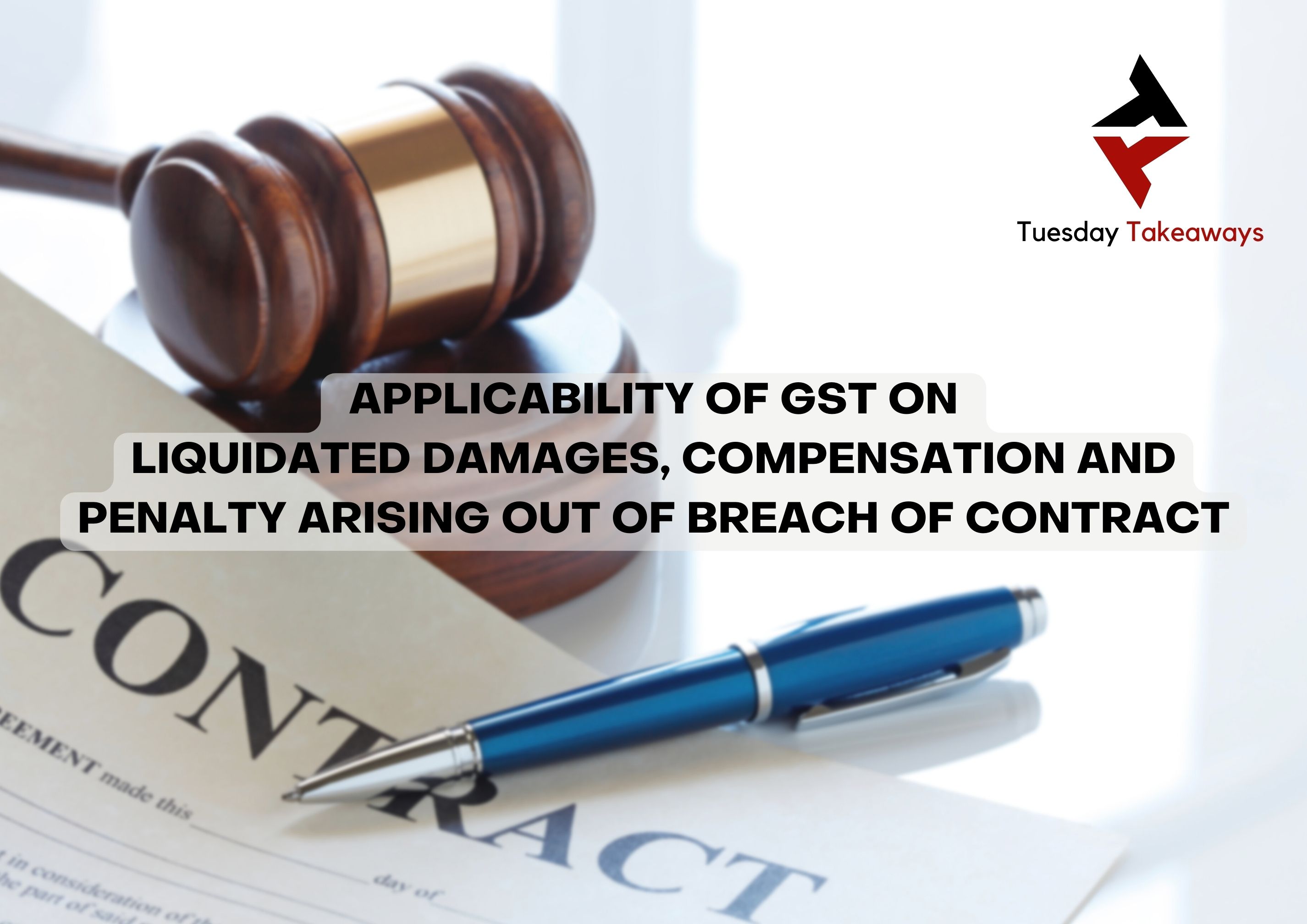Penalty damages, also known as liquidated damages, are a type of damages that are specified in a contract as a predetermined amount to be paid in the event of a breach. The purpose of penalty damages is to provide a monetary incentive for the parties to fulfill their obligations under the contract, as well as to compensate the non-breaching party for any losses incurred as a result of the breach.
One of the main features of penalty damages is that they are intended to be a fixed and predetermined amount, rather than being based on the actual damages suffered by the non-breaching party. This means that the amount of penalty damages is set out in the contract in advance, and is not subject to negotiation or assessment by a court.
There are a few different reasons why parties might choose to include a provision for penalty damages in their contract. One reason is to provide a strong disincentive for the breaching party to breach the contract. If the penalty damages are substantial enough, the breaching party may be more likely to fulfill their obligations under the contract rather than risk paying the penalty.
Another reason for including penalty damages in a contract is to provide some level of certainty and predictability for the non-breaching party. If the parties have agreed in advance on the amount of damages that will be paid in the event of a breach, it can help to provide some peace of mind and reduce the need for costly and time-consuming legal proceedings.
However, there are also some potential drawbacks to using penalty damages. One potential issue is that the amount of penalty damages may be perceived as being too high or too low in relation to the actual damages suffered by the non-breaching party. This can lead to disputes and potentially even legal challenges to the validity of the penalty damages provision.
In addition, some jurisdictions may have laws or legal principles that limit or prohibit the use of penalty damages. For example, in some cases, the amount of penalty damages may be deemed to be "unconscionable" or "oppressive," and therefore may not be enforceable.
Overall, penalty damages can be a useful tool for encouraging parties to fulfill their obligations under a contract and for providing some level of certainty and predictability in the event of a breach. However, it is important for parties to carefully consider the potential drawbacks and to ensure that any provision for penalty damages is fair and reasonable in the context of the particular contract and jurisdiction.
Compensatory Damages: Definition, Types, and Examples

And usually with a cap of 10% to 15% of the purchase price. Both of these, however, are not guaranteed as they are decided by a trier of fact. The amount does not need to be exact, and in reality, it rarely is, however Company X must be able to show that the amount reflects this loss and it is proportionate. As the client is also at fault in achieving milestone date, can we treat the milestone penalties as void? Out of the 8-10 months client delay, 6-8 months are contractors concurrent delay is there. That instinct is quick, easy, and to the point. Claim Specific PerformanceIn some contracts, paying damages is not considered adequate compensation. If that proves impossible because of job conditions, the next best course of action is to document the reasons for delayed performance and to submit timely requests for time extensions.
penalty clause

To ensure the clause is not a penalty clause the sum should be an honest reflection of the loss that Company X will likely face in the event of the delay. As a matter of analysis, these damages are a species of liquidated damages, but are never referred to as such, that expression being reserved to sums payable to a principal by a contractor where the contractor is in delay. Punitive damages, generally, are damages prescribed under California Civil Code 3294. What is a penalty clause? Other remedies may include court judgment prohibiting conduct that would breach the agreement. Thus, if the contractor would have achieved a target date, entitling it to a bonus, but for a breach of contract by the principal, then the damages payable by the principal for that breach was prima facie include the bonus which the contractor has thereby lost.
Punitive Damages Versus Civil Penalties

In construction, failure to complete building projects or phases of building projects can create delays and chain reactions in timing that are almost impossible to anticipate. This posting is considered advertisement by Luis Aguirre Law, who is also responsible for its content. An experienced litigator, mediator and dispute resolution practitioner, Maureen has an in-depth knowledge of both procurement law and contracting issues with particular expertise in negotiations. In this case, Dominica is entitled to recover from Disha such compensation, as the court may decide as reasonable. Under these circumstances any delays in completion will result in direct financial losses to the owner, so it is critical to ensure the contractor is both aware of the implications and financially accountable for any such delays.
What Happens if You Break an NDA (Violation Penalties & Remedies)

The primary judge erred in concluding, in effect, that in the absence of contractual breach or an obligation or responsibility on the customer to avoid the occurrence of an event upon which the relevant fees were charged, no question arose as to whether the fees were capable of characterisation as penalties. Instead of simply find a remedy to the innocent party, the penalty clause punishes the breaching party. Failure to meet this obligation could result in the imposition of a civil penalty, which in the US would most often fall under Section 592 of the Tariff Act of 1930, codified at 19 USC § 1592. McDonald's was forced to pay and responded by lowering the temperatures of its coffees. A liquidated damages proviso can likewise give the gatherings included a premise to haggle from for an out-of-court settlement.







